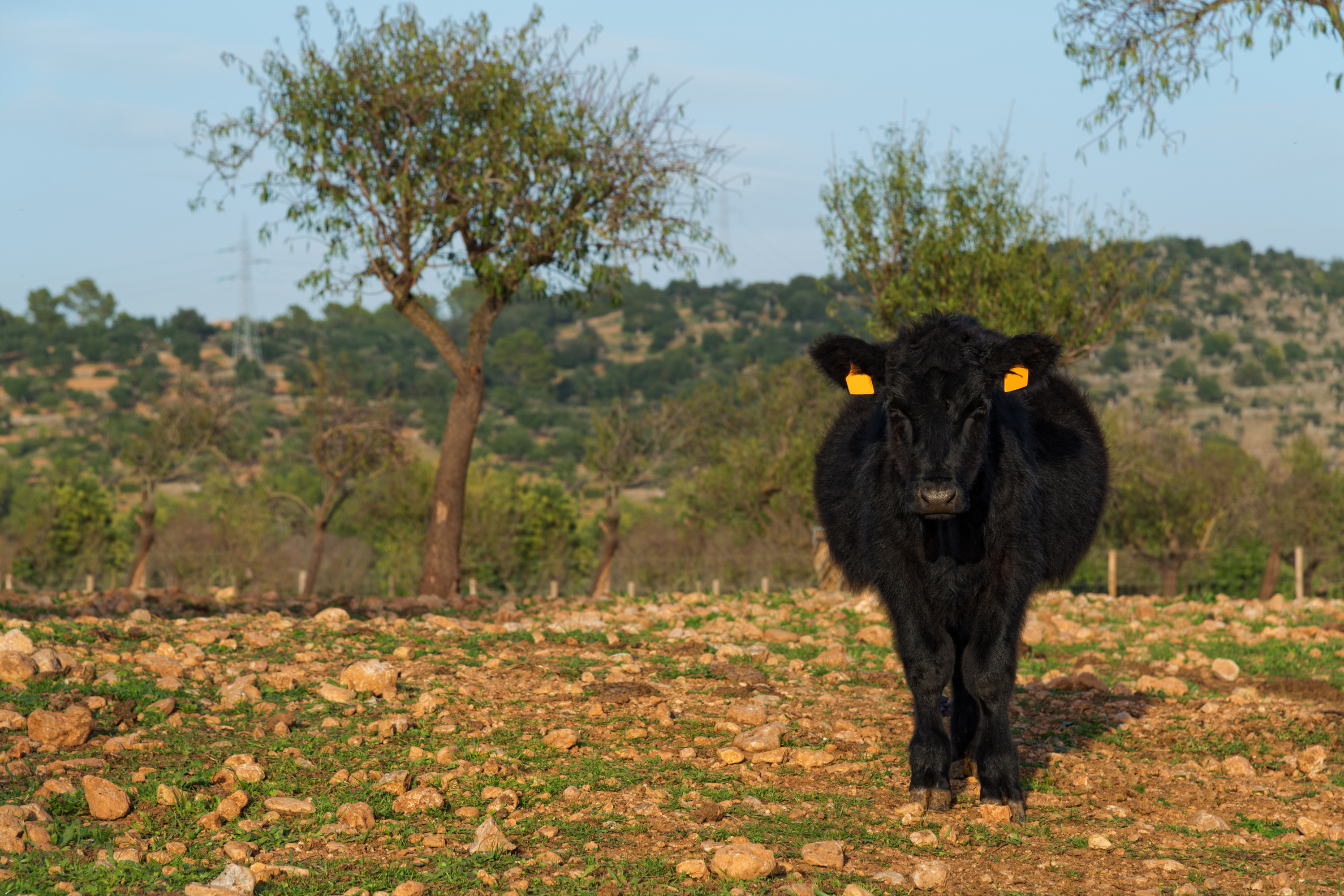
Understanding Silvopasture: Integrating Trees, Forage, and Livestock
Silvopasture is an agroforestry practice that combines the cultivation of trees, forage plants, and the grazing of domesticated animals in a mutually beneficial system. This method contrasts with traditional farming practices that often separate forestry and grazing activities, and instead, leverages the symbiotic relationships between these components to enhance productivity and sustainability on the farm.
Pros of Silvopasture
-
Enhanced Biodiversity: The combination of trees and pasture fosters diverse habitats, supporting a variety of plant and animal species. This biodiversity can lead to more resilient ecosystems and improved pest control.
-
Improved Animal Welfare: Trees provide shade and shelter, reducing heat stress and offering protection from harsh weather, which can lead to healthier livestock and potentially higher productivity.
-
Diversified Income Streams: Ranchers can harvest timber, nuts, or fruit from the trees while simultaneously raising livestock, reducing financial risks by not relying solely on one source of income.
-
Environmental Benefits: Trees sequester carbon, improve soil health, and enhance water retention, contributing to environmental sustainability and resilience against climate variability.

Cons of Silvopasture
-
Initial Investment and Labor: Establishing a silvopasture system requires significant planning, labor, and financial investment, especially when integrating trees into existing pastures or vice versa.
-
Management Complexity: Balancing the needs of trees, forage, and livestock adds complexity to land management, requiring knowledge in multiple disciplines and careful planning to ensure all components thrive.
-
Delayed Returns: Trees take time to mature, so the financial benefits from timber or other tree products may not be realized for several years, necessitating patience and long-term planning.
-
Potential for Resource Competition: Without proper management, trees and forage crops may compete for sunlight, water, and nutrients, potentially reducing the productivity of one or both components.
How Barn Owl Cameras Can Assist with Silvopasture Management
Integrating technology like Barn Owl cameras can significantly enhance the management of silvopasture systems:
-
Remote Monitoring: Barn Owl cameras allow ranchers to monitor livestock, forage conditions, and tree growth remotely, reducing the need for frequent on-site visits.
-
Wildlife Surveillance: By keeping an eye on potential predators or wildlife that may affect the silvopasture system, ranchers can take proactive measures to protect their livestock and crops.
-
Infrastructure Oversight: Monitoring the integrity of fencing and other infrastructure ensures the safety of both animals and plants, allowing for timely maintenance and repairs.

For ranchers considering silvopasture, it's essential to weigh these pros and cons carefully. While the benefits can be substantial, successful implementation requires thoughtful planning, ongoing management, and a willingness to adapt traditional practices. Engaging with local agricultural extension services or organizations experienced in agroforestry can provide valuable guidance tailored to specific regional conditions and operational goals.
Incorporating Barn Owl cameras into a silvopasture system offers ranchers a modern tool to enhance efficiency, security, and overall management, leading to a more productive and sustainable operation. For more information on Barn Owl cameras, please visit www.barnowl.tech
Up next: Getting Started with Silvopasture: A Guide for Ranchers
Share


